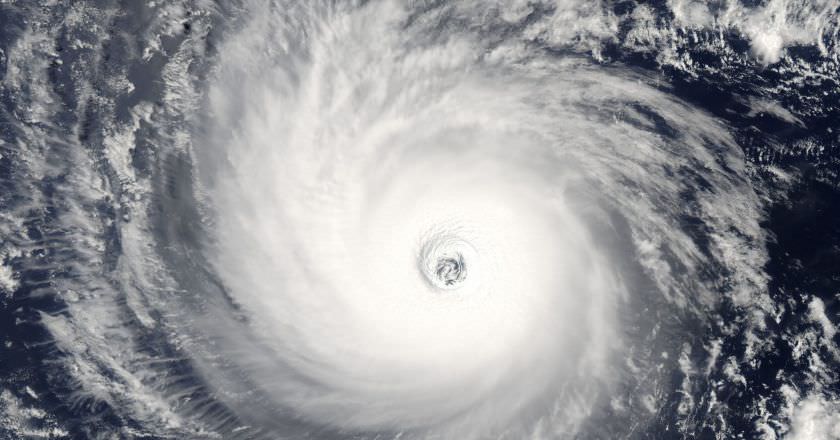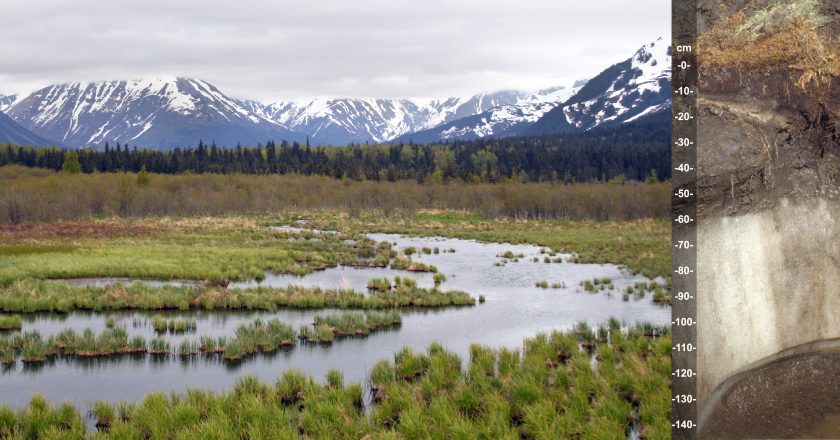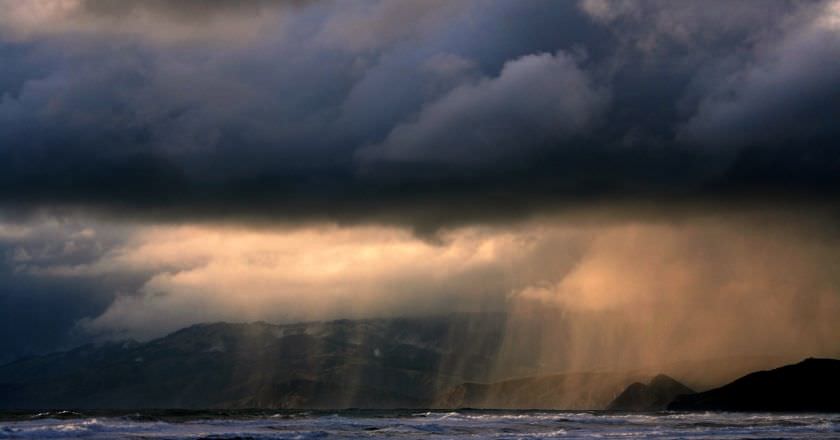Talking About Climate Change
Dos, don’ts, and tackling myths about climate change.

Dos, don’ts, and tackling myths about climate change.


Six years after the Snowmageddon of 2010 buried the Washington DC area in up to 30 inches of snow, another major winter storm is poised to unload upwards of 30 inches of snow in the US capital, while threatening the Atlantic seaboard with hurricane-level storm surge.
Climate change is fueling the destructive power of this storm. Global warming increases ocean heat content, which increases the energy and moisture available to storms. It also increases the heat in the atmosphere, allowing the air to hold and dump more precipitation, and it causes sea level rise, which allows storm surge to ride on higher seas.

2015 is the second of two back-to-back record hot years, and scientists say the record heat’s primary cause is climate change. During 2015, the average temperature across global land and ocean surfaces was 1.62°F (0.90°C) above the 20th century average. This was the highest among all years in the 1880-2015 record, surpassing the previous record set in 2014 by 0.29°F (0.16°C). This is also the largest margin by which the annual global temperature record has been broken.

In a stable climate, the ratio of new record highs to new record lows is approximately even. However in our warming climate, record highs have begun to outpace record lows, with the imbalance growing for the past three decades. This trend is one of the clearest signals of climate change that we experience directly.

Cyclone Chapala—a rare Middle Eastern cyclone—is poised to make landfall in Yemen as a Category 1 or 2 storm early Tuesday morning. It brings a dangerous storm surge, torrential rain, flooding and mudslides to Mukalla, a coastal city of 300,000 …

Due to the combined impact of climate change and El Niño, 2015 has been a record year for tropical cyclones. Hurricane Patricia—the dangerous Category 5 storm currently bearing down on Mexico’s Pacific coast—will smash yet another record as the most intense hurricane ever recorded.

There are limits to adaptation. Some climate impacts are already exceeding the the abilities of affected populations to adapt, causing loss and damage. The question of how to address these losses and damages is a key issue in the international negotiation process.

Sea surface temperatures in the vicinity of Hurricane Joaquin are currently the warmest ever recorded. Hurricanes are fueled by warm water, contributing to an increase in the frequency of the most intense hurricanes, and an exponential increase in damage. Virtually every measure of hurricane activity in the Atlantic has increased substantially since the 1970s, due to the combination of human-caused climate change and natural variation.

This Thursday, September 17, the National Oceanic and Atmospheric Administration (NOAA) will likely confirm other sources’ finding that August 2015 was the hottest August in the global temperature record by a wide margin. NOAA will also likely confirm that this year’s …

The Earth’s temperature is now increasing faster than anytime in the last 1,000 years. Alaska and the Arctic, temperatures are rising at twice the global rate—more rapidly than anywhere else in the world, making the region ground zero for climate change. The best estimate is that human activity is responsible for all of the observed increase in global temperatures since 1985. The effects of the temperature changes are transforming a once-frozen seascape into an evolving, navigable ocean. These rapid changes occurring in the North have created a new Arctic climate system.


On March 19, 2015, the National Snow and Ice Data Center (NSIDC) announced that the maximum extent of Arctic sea ice cover this winter was the lowest ever recorded: 5.61 million square miles (14.54 million square kilometers) on February 25.

Persistent extreme weather linked to climate change has triggered more and more natural catastrophes since 2000, according to insurance giant Munich Re, from extreme wintertime blizzards and springtime floods to prolonged drought and severe summer heat, with costs rising to billions of dollars.

2014 was 0.69°C (1.24°F) above the 20th century average of 14.1°C, making it the hottest year on record since NOAA’s National Climatic Data Center began taking measurements in 1880. The record surpassed the previous hottest year record, shared by 2005 and 2010, by 0.04°C (0.07°F). As the Earth heats up, new temperature records are increasingly common.

2014 has seen unprecedented heat and experienced devastating extreme weather events, some of which have already been linked to climate change.
2014 also witnessed an unprecedented level of support for climate action, from people on the streets demanding change to heads of state reaching record accords.

With the drought-causing high-pressure zone dubbed the “Ridiculously Resilient Ridge” pushed aside for now, a powerful storm associated with what are called “atmospheric rivers” is currently drenching the California Bay Area. Atmospheric rivers are relatively narrow, long streams of clouds and atmospheric water vapor that are associated with major storms in the Pacific.
While global temperatures are shaping up to make 2014 the hottest year on record, the U.S. has endured over a week of unseasonably wintry conditions due to atmospheric blocking – a large scale pressure pattern with little or no movement – that has led to a sustained outbreak of record cold mid-November Arctic air.


Climate change is no longer a niche political issue. Recent events such as the drought in California and Superstorm Sandy have brought extreme weather to the forefront, and people are searching for information on climate and weather connections. Voters, reporters and debate moderators are increasingly asking questions about climate change.